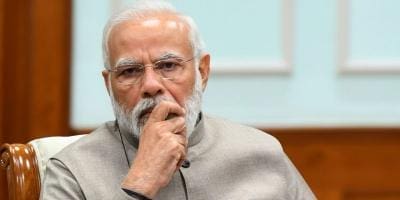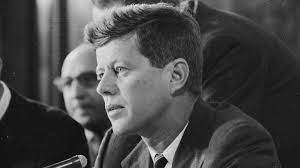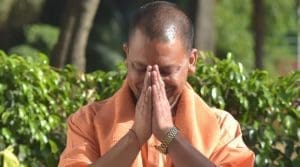
It was the year 1960 and by then, most American homes owned a television set. In an apt cultural fashion, Americans were glued to the TV, to watch the first-ever presidential debate to be televised with John F. Kennedy and Richard M. Nixon as contenders. While radio listeners were certain of Nixon’s definite win, Kennedy won with a vote bank of 3 million out of 4 million voters.

Why you ask? Charisma, optics, and positioning. People in America were the first to witness how JFK used his on-camera performance to make him look like a leader with his screen presence, makeup, and angle set-up intact. While he wore a fitted navy blue suit with a tan in place, Nixon looked dull and uncomfortable due to the flu and a knee injury. All worries of his youth were forgotten and he was welcomed as the President of the United States of America mostly due to his allure and persona, as later studies showed.
This wasn’t a foreign tactic. Numerous Indian politicians applied this gambit to position themselves a certain way in front of people and manipulate to attract a colossal audience. Back when Jawaharlal Nehru donned the hat of a Prime Minister, he employed the use of traditional forms of media like print and radio to gain traction while his favorite style staple of short and long achkans or bandhgalas even got named after him, the Nehru jacket, to give off a more structured, polite and straight-forward flare to his identity. Even Indira Gandhi, the last presidential Prime Minister of India before Narendra Modi, fashioned a white hairstreak, (something that could have easily proved fatal to her career, as famous personalities are never supposed to show signs of aging) to showcase herself as a wise old woman.

One of the more contemporary examples of charisma and positioning is Prime Minister Narendra Modi. His clothing and vocabulary are destined to influence an extremely particular set of audience and are preemptive of the persona he prefers his patrons to witness. His acts are fueled with symbolism. For instance, he usually wears the local headgear or clothing of the places he is visiting, which also defines a specific mood or tone he intends on communicating. During the pandemic, we spotted a long beard and tresses on him, where he is usually situated at a mountain top or fields of green. This ultimately positioned his personality as that of a sage, combining philosophy, religion, and politics in a perfect blend to appeal to the masses. Modi’s interview accompanying Akshay Kumar or his appearance in the Man vs Wild show, with American adventurer Bear Grylls, was broadcasted around the election time to show him in a refreshing and outgoing light.

Chief Minister of Uttar Pradesh, Yogi Adityanath’s historic second-term win is spatially reflective of how he has managed to blur the lines between religion and politics. The Hindu Monk, on his last day of the election campaign, woke up at a Hindu temple, fed cows some jaggery, and organized a puja for Lord Shiva. This dispersion of Hindutva since 2014 has made the government amass a huge fan following, despite the continuous criticism of a tumbling economy, bleak employment opportunities, ceaseless hate speeches, and violence. Muslims, and the inadequate tackling of Covid-19. Yogi along with Modi has succeeded in cementing their stance as that of flag bearers of Hinduism. Yogi’s ever-so-consistent saffron clothing is infused with trails of promoting a certain ideology.
A lot more goes into winning an election other than the overall development of the nation, ethics, civic-mindedness, and efficient cross-cultural communication. At least in the case of such leaders.
About the Author: Mahua Jaiswal is a first-year master’s student at Manipal Institute of Communication, MAHE.

Be the first to comment